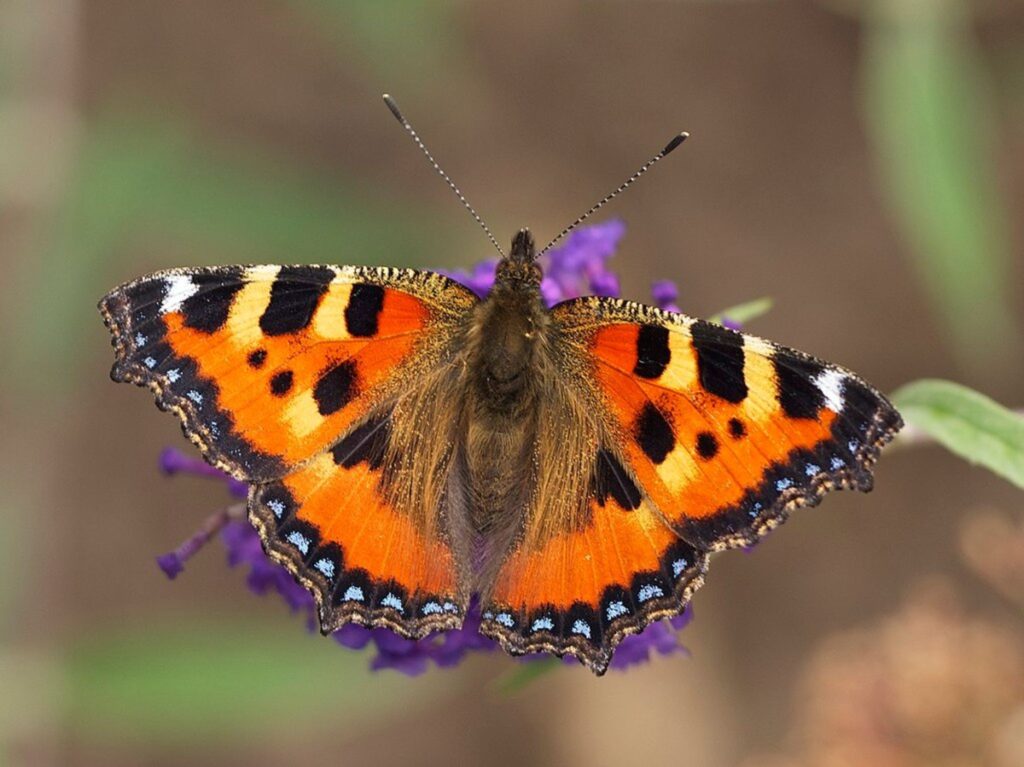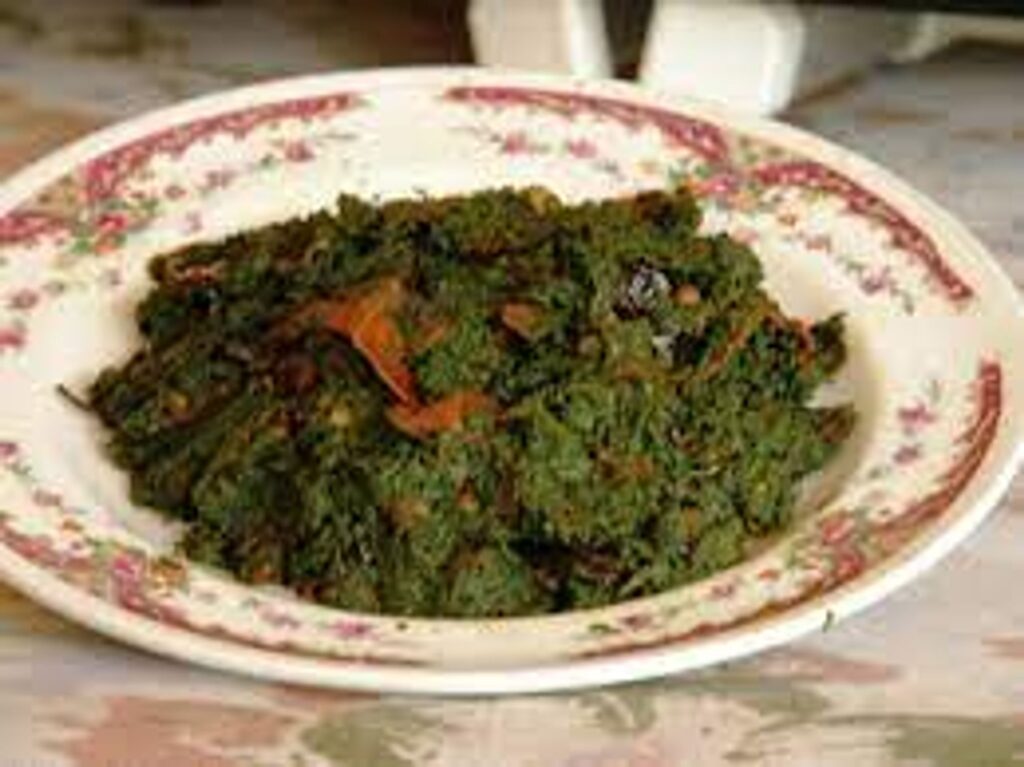Plant Profile : Stinging Nettle
Stinging Nettle is a herbaceous perennial flowering plant found across the world. In India, it is widely found growing in the wild in the mountainous regions of Himachal and Uttarakhand. The plant has a long history of use as a source for traditional medicine, food, tea, and textile raw material in ancient and modern societies.
Scientific name : Urtica dioica
Interesting Local Names : Known as Bicchoo Booti in Himachal Pradesh, translation : Scorpion Herb
Contents
What Makes This Plant Special? Give me Nettles and I’ll give you Butterflies 🦋Clothes From Nettles Bichoo Saag Blood Purifier.
What makes this plant special?

The most characteristic thing about the Nettle is that it has a stinging defence to keep away the predators that may want to feed on it. The leaf is covered with needle-like structures, which are capable of injecting a cocktail of irritants into the skin, which can cause itching and burning that can last several hours. That’s why the Himachali people named it Bicchoo Buti or Scorpion Herb, as it stings like a Scorpion. I’ve also had some ugly run-ins with this notorious plant during my time in Dharamshala, Himachal Pradesh. It would usually happen while I was on my way to the local khud (narrow stream, small river) for a dip and on the way, one of these plants would sting me unceremoniously. This is why I can never forget the Bichoo Booti.
Give me Nettles and I’ll give you Butterflies 🦋
As the plant has stinging nettles, it is largely safe from cattle and other species. This makes it a vital habitat and hosting plant for butterflies and other insects to lay their eggs on.


“It is a vital habitat for the larvae of red admiral, small tortoiseshell and peacock butterflies, and scores of other insect species; are oblivious to the hairs and use them as protection from predators.” from Around the World in 80 Plants by Jonathan Drori & Lucille Clerc
Fibres for Clothes
The fibres of the plant known as Nettle fibres are also used for weaving cloth. In fact, it is emerging as an eco-friendly alternative to textiles that are otherwise very intensive and pollution-causing to produce.

Bichoo Saag
In the mountainous villages, the Stinging Nettle plant would also be used to make a saag. This would usually happen in a particular season and not around the year. A good video to have a look at this is Chef Kunal Kapoor’s show on the recipe : https://bit.ly/40bpZqB

It is eaten with rotis made out of Finger Millet/Ragi known as Madua locally; or steamed rice and is part of the classic Kumaoni cuisine (belonging to the Kumaon region of Uttarakhand). Kumaoni mothers would also quiet down a naughty kid or two by threatening to sting them with the stinging nettle. Did your mother ever do something like this? Haha
Blood Purifier

Lastly, Nettle tea has the ability to purify blood. The leaves have to be dried, cut and chopped and then boiled with water. It drives out toxins from the body, as it has antibacterial, anti-fungal, astringent, and anti-inflammation properties. Will you be trying out nettle tea anytime soon? Let me know in the comments.
Thank you for reading.
To get more updates such as these, follow us on social media channels :
Naturenika : https://www.instagram.com/naturenika/https://www.facebook.com/Naturenika
The Naturalist School : https://www.instagram.com/naturalist.school/https://www.facebook.com/naturalistsch
All graphics created by Nayanika Bhatia, using either images found in open source or after crediting the creator.

